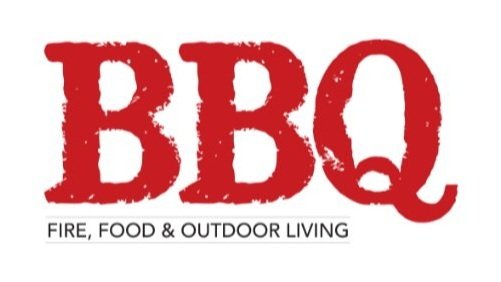
Drink with Roger Jones
Drink with Roger Jones
Middle Eastern cuisine brings a wealth of aromatic flavours, and Lebanon has its own taste and uniqueness, with ingredients, such as pomegranate, sumac, herbs and spices, to uplift the barbecue experience as well as wines of great value and quality to share around the flames.

Drink with Roger Jones
Drink with Roger Jones
Vegan food is not just for vegans, and, with plenty of added umami flavours, you may be surprised by the variety of dishes you can create; not to mention the quality of vegan wines to accompany them.

Fizz, Fish and Fire with Roger Jones
Fizz, Fish and Fire with Roger Jones

Grenache with Roger Jones
Grenache with Roger Jones

Sparkling Wines of France with Roger Jones
Wines of France with Roger Jones

Wines of Portugal with Roger Jones
Wines of Portugal with Roger Jones
